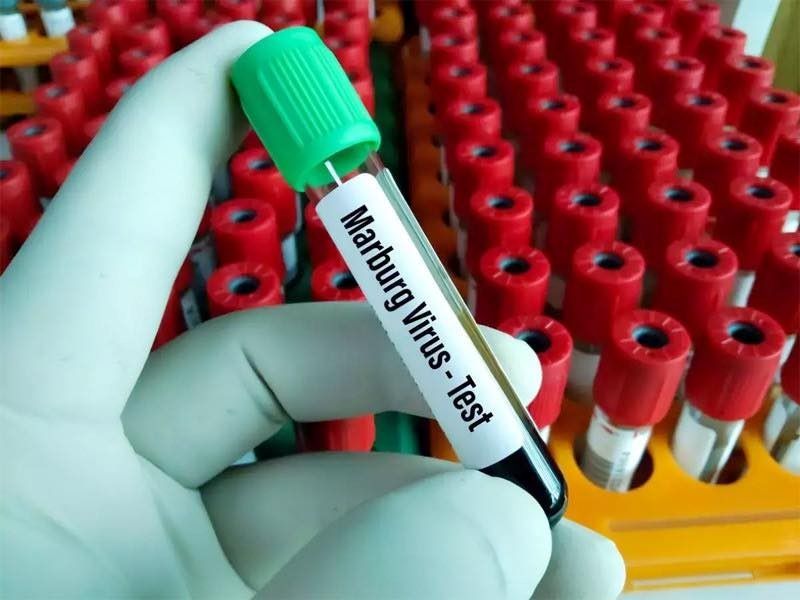Rwanda Battles Deadly Marburg Virus Outbreak: Six Lives Lost, Urgent Action Underway

The Rwanda Ministry of Health (MINISANTE) has announced that, to date, six people have died as a result of the Marburg virus outbreak, just days after it appeared in the country. Dr. Sabin Nsanzimana reported on Saturday, September 28, 2024, that 26 people in Rwanda have contracted the disease, with six already dead.
Currently, the majority of those infected and deceased are medical staff, particularly those working in intensive care. Health authorities, along with other government agencies and partners, are working diligently to manage the situation and prevent further spread of the virus. They are actively tracing individuals who came into contact with the patients and those who died.
“It is a serious and highly contagious disease, with a high risk of death for those affected. That is why we are focusing on early diagnosis and monitoring of diagnosed patients, to prevent further fatalities,” Dr. Sabin stated.

He added, “Anyone who comes into contact with this disease should be placed under observation, where doctors will check for symptoms and administer appropriate treatment if necessary.”
Dr. Nsanzimana also mentioned that the deceased are being handled in a dignified manner to prevent any unauthorized contact. He urged Rwandans to remain calm and follow the necessary measures to combat the epidemic.
“We extend our deepest sympathies to the families of the victims of this epidemic and assure them that the government of Rwanda will continue to support them,” he said.
The Minister of Health also noted that the cooperation of Rwandans has been key in overcoming previous outbreaks, and there is hope of defeating this one as well.
The Marburg virus is transmitted through direct contact between the cells of an infected person and another individual. There is no cure or vaccine for the disease, but early medical intervention can improve the chances of survival.
Currently, Rwanda is using the same preventive measures for Marburg as were used for Ebola. The Marburg virus is highly infectious and often fatal, causing severe hemorrhagic fever in humans. It spreads through contact with infected bodily fluids, contaminated surfaces, or direct contact with the blood of infected individuals.
Trending Now
Hot Topics
Related Articles
Breaking Climate Silos: What a Week in Naivasha Taught Me About Forecasting
A week in Naivasha opened my eyes to the power of climate...
Kivu Beach Expo & Festival Brings Joy to Rutsiro While Showcasing the Region’s Natural and Sustainable Potential
The arrival of the Kivu Beach Expo & Festival in Boneza Sector,...
Kivu Beach Festival Triggers Urgent Economic Development Push in Rutsiro
Preparations for the 2025 Kivu Beach Expo & Festival have become a...
COP30 Raised Ambition on Adaptation Finance Yet Africa’s 150 Billion Dollar Gap Tells a Different Story
COP30 in Belém was billed as the moment the world would finally...














Leave a comment